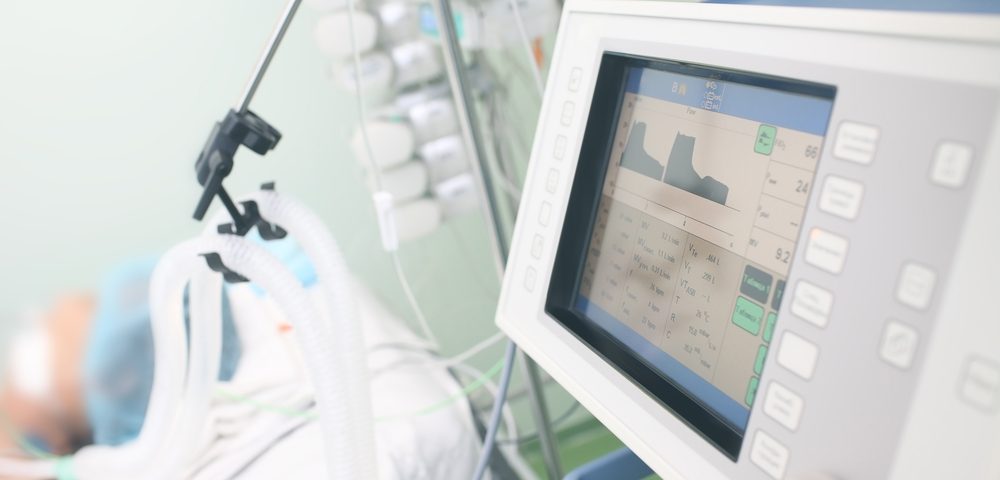A new device offers better control of flow rate during continuous bladder irrigation (CBI), a procedure primarily used after a common prostate surgery to keep the bladder clear and free of blood clots.
The device, developed by researchers in China, may to regulate the flow rate without the need for a nurse to continuously monitor the prescribed solution’s flow, potentially leading to fewer complications during bladder irrigation.
“We anticipate that the application of this device will provide valuable insights into the improvements of outcome in patients after TURP,” the researchers wrote.
The findings were published in the report, “A novel automatic regulatory device for continuous bladder irrigation based on wireless sensor in patients after transurethral resection of the prostate,” in the journal Medicine.
The team led by Dr. Bosheng He of the Department of Radiology at The Second Affiliated Hospital of Nantong University, in Jiangsu, tested the safety and efficacy of the new device in patients receiving CBI following transurethral resection of the prostate (TURP).
They recruited 146 patients for the study and divided them into two groups. The first group received traditional bladder irrigation while the second were treated with the new automatic bladder irrigation.
Results showed that patients irrigation treatment used the device had significantly lower incidence of clot retention and cystospasm (a painful contraction of the bladder) compared to those treated using the traditional method.
In addition, the average irrigation volume given patients by the automatic device was significantly lower (24.2 liters on average) than that given those on traditional irrigation (54.6 liters on average). Irrigation time was comparable between the two groups: 28.6 hours in the device group and 29.5 hours in the control group.
The automatic regulating device is safe and effective to treat patients following TURP, the researchers concluded. But they advised that “studies with a large population of patients and a long-term follow-up should be conducted to validate our findings.”
CBI consists of the continuous infusion of a sterile solution into the bladder following urinary surgery, such as TURP, to treat benign prostatic hyperplasia (BPH). With traditional CBI, nurses control the flow rate of the irrigation fluid manually, according to the color of the drainage fluid. This is a highly subjective approach, and not necessarily an easy one.
The device uses a wireless sensor system that detects color changes automatically. These changes are analyzed by a computer and the flow rate is adjusted automatically “in a standardized manner,” the study said.

